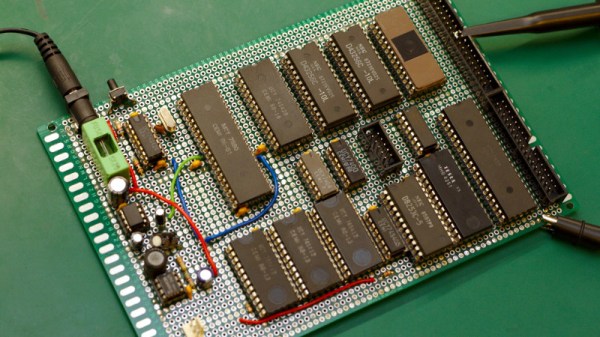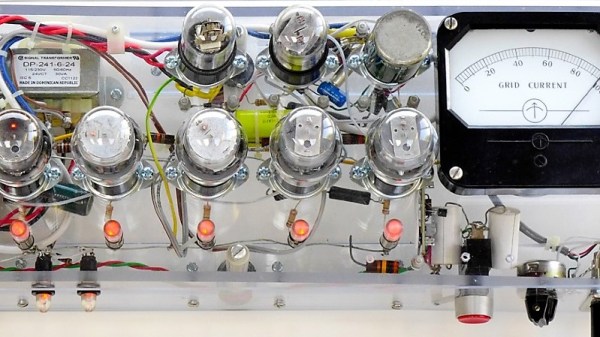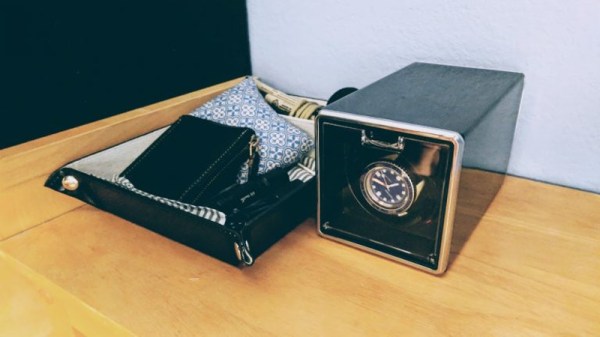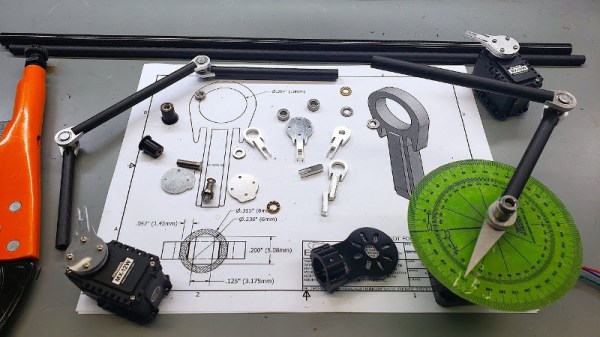It is an easy trap for us to write only about what we know when covering a topic, thus missing an entire facet of our subject matter. Take retrocomputing for example; we might write about American or Western European machines because we grew up with them, while completely ignoring the hardware being produced on the other side of the Iron Curtain. Thus it’s fascinating to see [Marek Więcek]’s project, a single board retrocomputer employing a Polish clone of the Intel 8080.
With greater detail on a Polish-language forum (Google Translate), he tells a story of being given an MCY7880 CPU for his collection, only to wonder whether it could be made into a machine in its own right. As a clone of the 8080 this also required equivalents of the Intel bus controller and clock generator chips, which we are guessing must be the UCY74S405 and UCY7404 that he’s also sourced for the project.
The build is completed in true retro style with a maze of point-to-point wiring on the reverse of a protoboard, and he’s put a TinyBASIC interpreter port and 8251 UART on board as well as an 8255 triple parallel I/O port for some GPIO action. We love this computer, and appreciate the light it shines on an obscure corner of microprocessor history.
If Eastern European retrocomputing is your thing, here at Hackaday we’re lucky enough to number among our colleagues someone who’s something of an authority on the matter. [Voja Antonic] has entertained us with the tale of how he designed the Galaksija, Yugoslavia’s first home computer. Sadly though he did not use a Polish 8080 in his design.

















